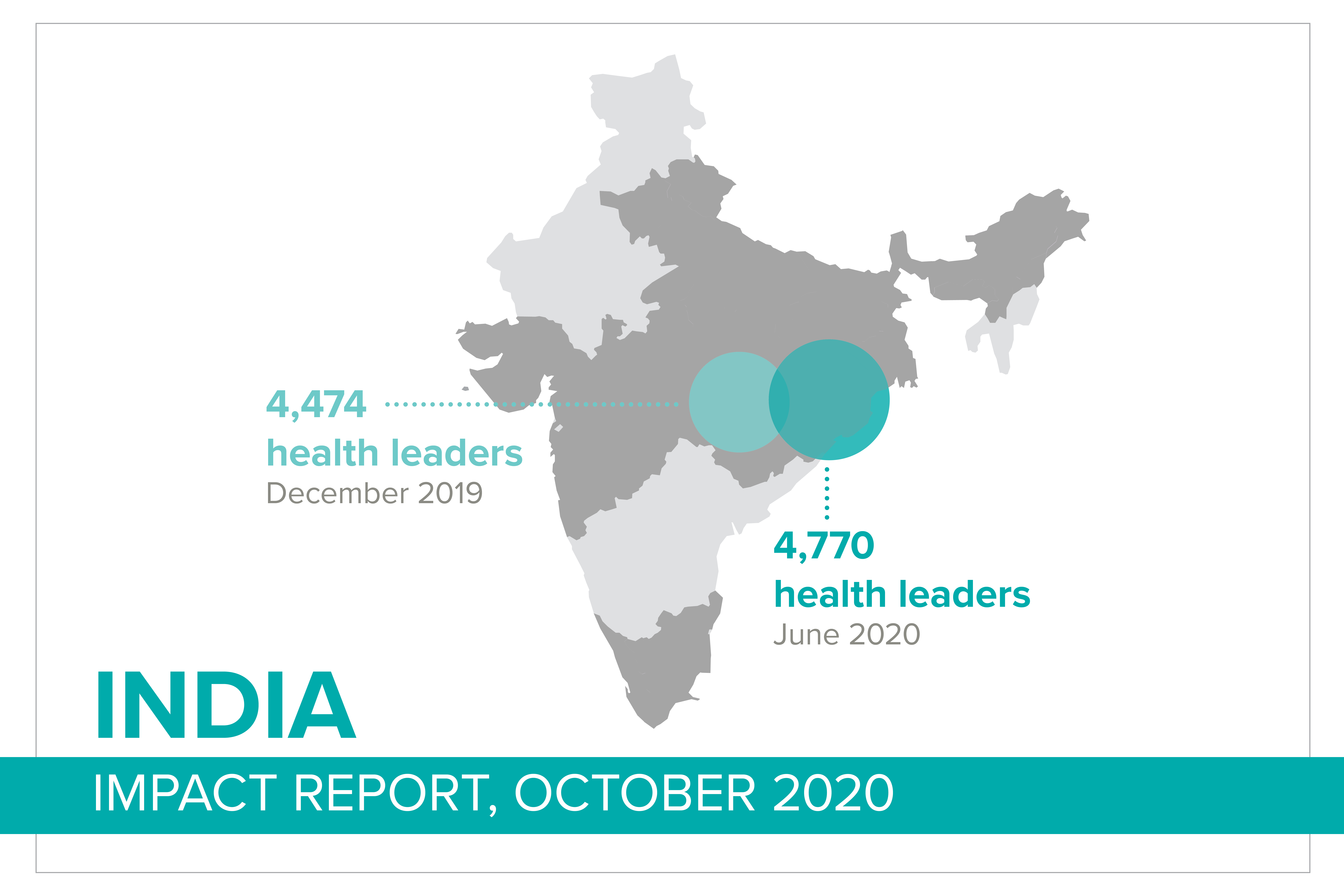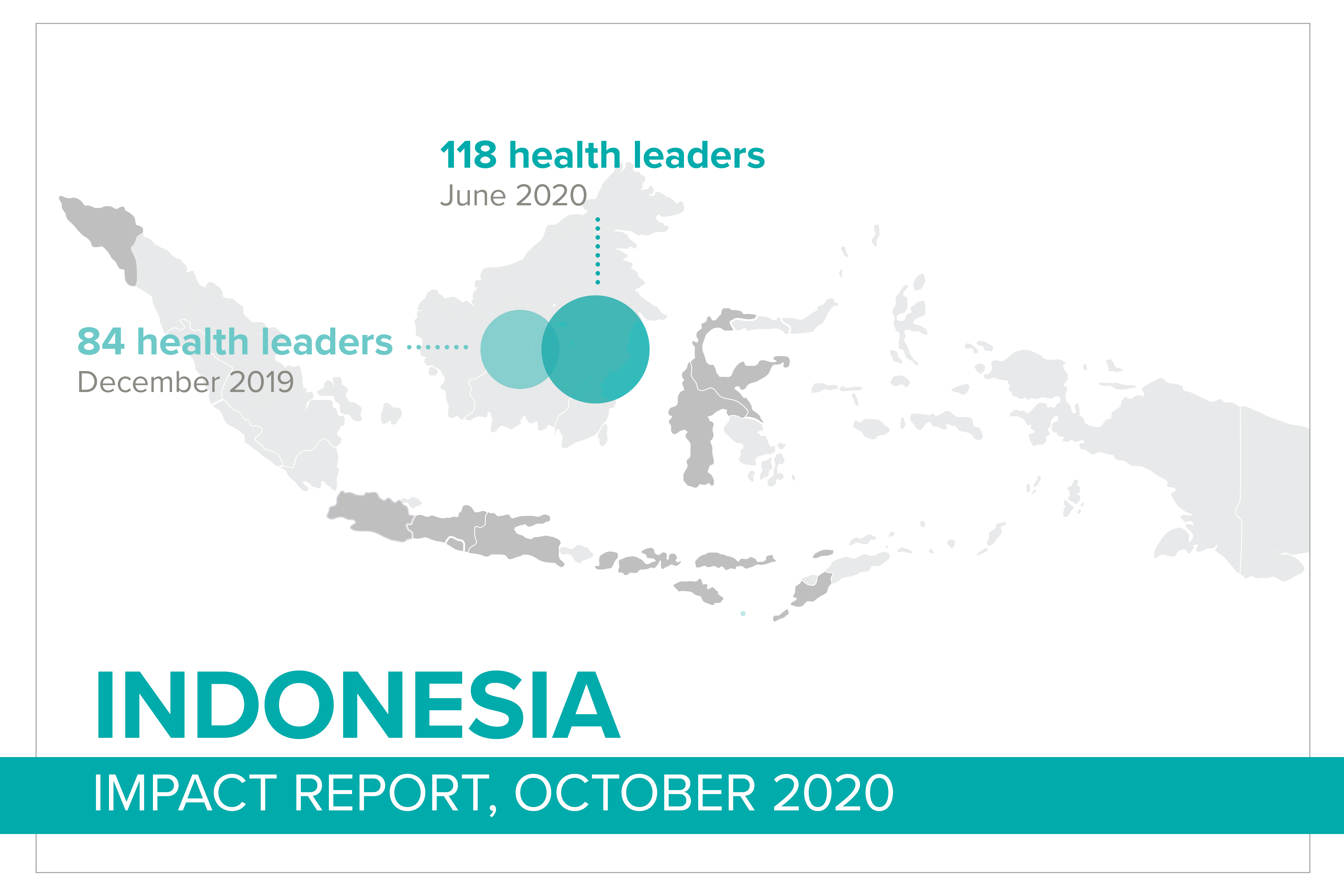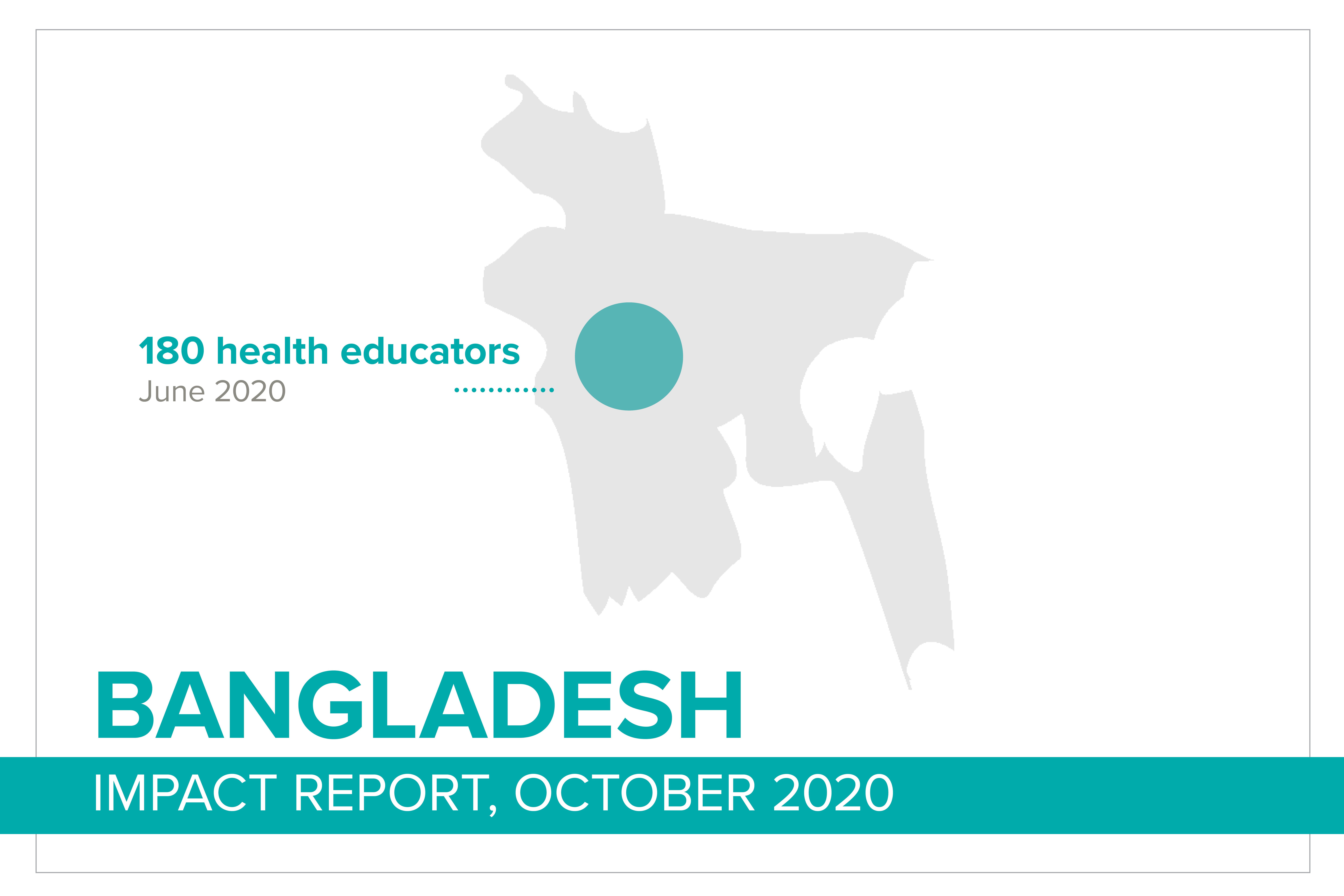health education
Data to December 2020
There are many obstacles to good health for communities living in poverty, but some of the most significant include limited access to health services and lack of knowledge. Without these, it is difficult for women and their family members to thrive, as they often aren’t able to pursue meaningful economic and social opportunities that enable them to reach their full potential.
The women who are empowered as Health Leaders by Opportunity’s programs pivoted during 2020 to bring COVID-19-awareness activities and supplies to their communities, in addition to their existing responsibilities. Without them, there is no doubt that many more people would have fallen victim to COVID-19.
Thanks to your support, these Health Leaders are not just bridging the gap between communities and health services, but actively saving lives, helping families avoid preventable illness and accessing treatment when they need it.
Delivering healthy maternity care
Bangladesh is a risky place to give birth. Health Educator Rozina joined the Health Education Program in Bangladesh because she wanted to make a positive, tangible difference to the lives of the women living in her remote rural village, many of whom had never received any formal education.
During 2020, Rozina received training that enabled her to provide 25 sessions of basic health education to the women in her community, including sessions on the importance of getting health check-ups during pregnancy and maternal health. Rozina was delighted to see the women follow her advice and encourage other members of their families to do the same.
Sixty-two-year-old Momotaj attended Rozina’s weekly health education sessions. She learned the importance of attending at least four antenatal care sessions during pregnancy to reduce risks to mother and baby. Momotaj hadn’t received any antenatal care when was pregnant with her four boys – she wasn’t told anything about danger signs during pregnancy and she didn’t know about delivery plans. But after learning about their importance from Rozina, she was determined that her daughter-in-law would be well taken care of during her pregnancy. She encouraged her daughter-in-law to see a doctor for a check up; the doctor discovered that she was anaemic. Untreated anaemia in pregnancy increases the risks of premature birth, low birth weight and even death so Rozina’s work had immediate benefits for her community.
Once diagnosed, Momotaj’s daughter-in-law was put on an iron supplement and Momotaj made sure she had plenty of iron-rich foods. Momotaj and her daughter-in-law made a birth plan, identifying a health facility where she could receive assistance from a skilled birth attendant during delivery, and a plan for how they’d get there. They began saving so that they would have the funds to cover the delivery expenses.
Rozina’s advice and guidance gave Momotaj the knowledge she needed to give her grandchild the best possible start in life. For her part, Momotaj is grateful for the opportunity to learn and improve the health of her family and neighbours.
Working towards SDGs
The third sustainable development goal (SDG) – Ensure healthy lives and promote well-being for all at all ages – includes target 3.8: Achieve universal health coverage, including financial risk protection, access to quality essential healthcare services and access to safe, effective, quality and affordable essential medicines and vaccines for all. While great strides have been made regarding this goal, access to a trained, competent healthcare workforce remains a challenge in many countries, particularly in rural settings.
In 2013 the World Health Organization stated that, ‘Recent global investments in fibre and wireless infrastructure, as well as innovations in e-learning, electronic health (eHealth) and mobile health (mHealth) and in the social media, can be leveraged to train, deploy, support and empower health workers'.3 The global pandemic in 2020 hastened the need to use digital technology to train health workers and provide access to trained health professionals in cost-effective ways, saving travel time and costs, including time away from income-generating activities.
Opportunity is working with partners in India, Indonesia and Bangladesh to train lay community members to be Health Leaders, providing basic health education and linking patients to existing health services, increasingly through digital technology. As an example, much of the vital messaging around limiting the spread of COVID-19 was distributed by our Health Leaders to their communities using WhatsApp.
Strategic direction
The barriers for people living in poverty to accessing healthcare are exacerbated for those in remote rural locations. Availability of health services in remote locations is a problem, with patient:doctor ratios much higher than in urban centres. The cost of travel and health services fees are also prohibitive for families living in poverty. It’s a double-edged sword: time spent away from work while seeking medical treatment is potential income lost but so is the time that people spend unable to work due to illness.
COVID-19 restrictions interrupted 2020’s new Health Leader training program but gave the existing network of Health Leaders the opportunity to deliver vital information to communities, helping to protect them from the virus. The global pandemic also heightened the need for access to medical services remotely, with telemedicine coming to the fore.
Mobile healthcare (mHealth) — medicine and public health supported by mobile devices — extends health systems to the most remote and inaccessible parts of the developing world. It promises to address barriers to accessing healthcare, increasing ‘timely access to appropriate interventions including faster access and access to services that may not otherwise be available.
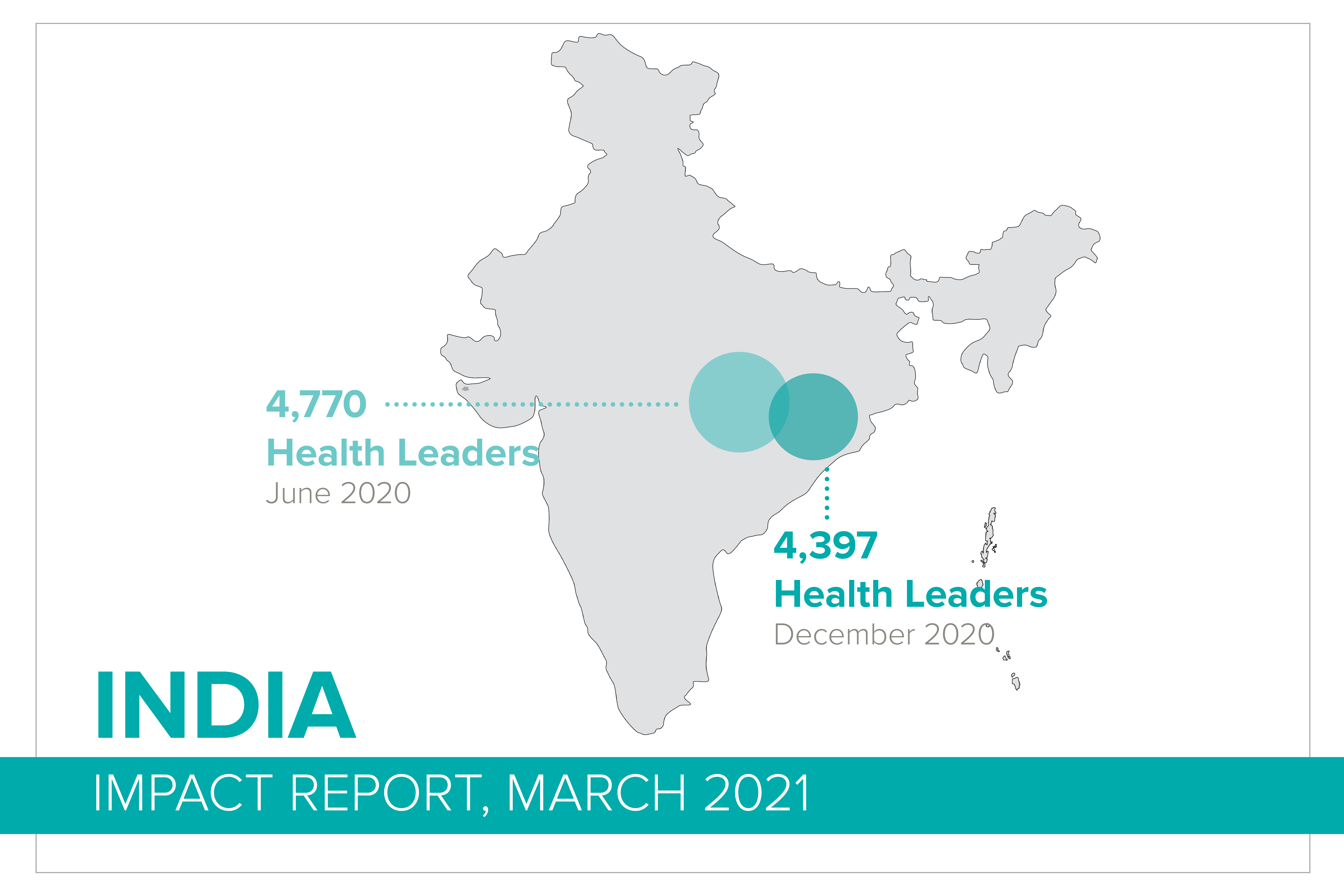
India
COVID-19-related restrictions imposed to halt the spread of the virus and the high risk of contagion during the pandemic heightened the need for remote healthcare and contactless consultations that reduce unnecessary and avoidable transmission to health care workers and patients.
Right at the beginning of the pandemic, on 25 March 2020, the Medical Council of India released its telemedicine practice guidelines, enabling registered medical practitioners to provide healthcare remotely using digital platforms. India’s telecommunications infrastructure and widespread 4G network are now making telemedicine a reality. Competition among telecom players means that data is cheap in India and most people in urban areas have access to a mobile phone.
To improve access to health services for families living in remote rural India, Opportunity’s health partner there teamed up with a digital health services company providing a telemedicine platform so that our microfinance clients could access free medical consultations with doctors over the phone in their local language around the clock, every day of the year.
Telemedicine overcomes all of the usual barriers to accessing healthcare by offering health services directly to the household. Telehealth’s many advantages, especially during COVID-19 travel restrictions, have seen 47,700 people use the service since last October.
Opportunity’s health partner in India plans to establish 54 e-clinics to support the telemedicine program. Each e-clinic will be run by four female Health Leaders who will be trained to use basic medical equipment and perform check-ups and observations such as temperature, blood pressure, pulse and oxygen saturation. They will also have tablet devices to facilitate video consultations with doctors. So far, 855 microfinance clients have accessed health services through the e-clinics.
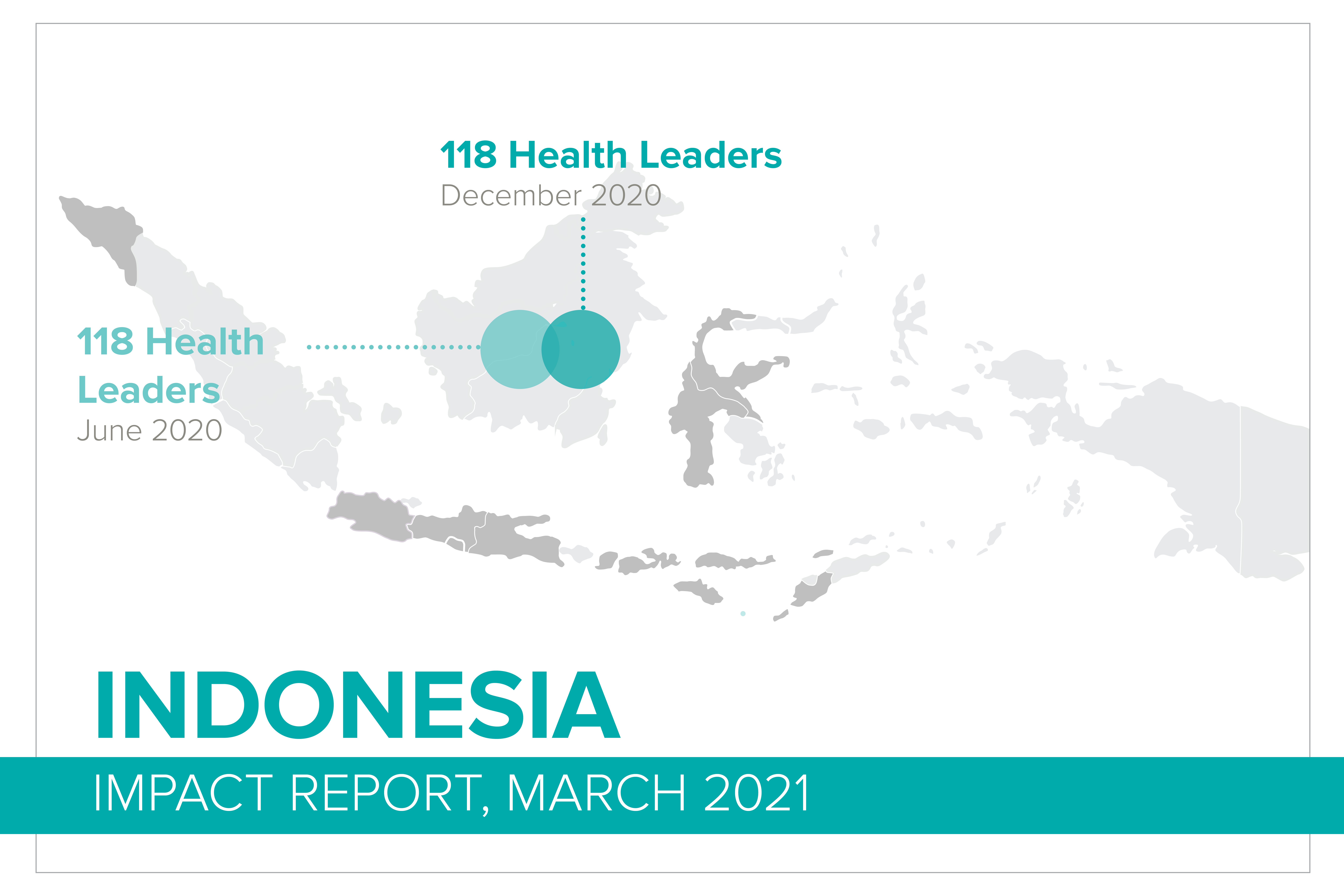
Indonesia
In Indonesia, the Health Leader training timetable was delayed because of COVID-19-related restrictions on movement and gatherings, as well as the relocation of many Health Leader trainees back to their home towns when their regular opportunities to earn income dried up.
Where trainers were unable to travel to out-of-area locations to conduct face-to-face sessions with Health Leader recruits, sessions were replaced by video calls and Facebook was used as a platform to deliver basic health education. In future, Health Leader Trainers will be recruited from areas close to trainee Health Leaders to avoid delays caused by COVID-19 restrictions.
Once trained, Health Leaders provided basic health education to women in their local communities. In line with COVID-19 restrictions, the number attending each health education session was reduced and masks were worn. The Health Leaders are paid a small incentive (IDR20,000 = A$1.80) for each session they run to supplement their household income.
Opportunity’s health partner in Indonesia is preparing to expand the program this year, recruiting and training eight new staff members to support an expected increase of 275 Health Leaders in eight new locations in Java.
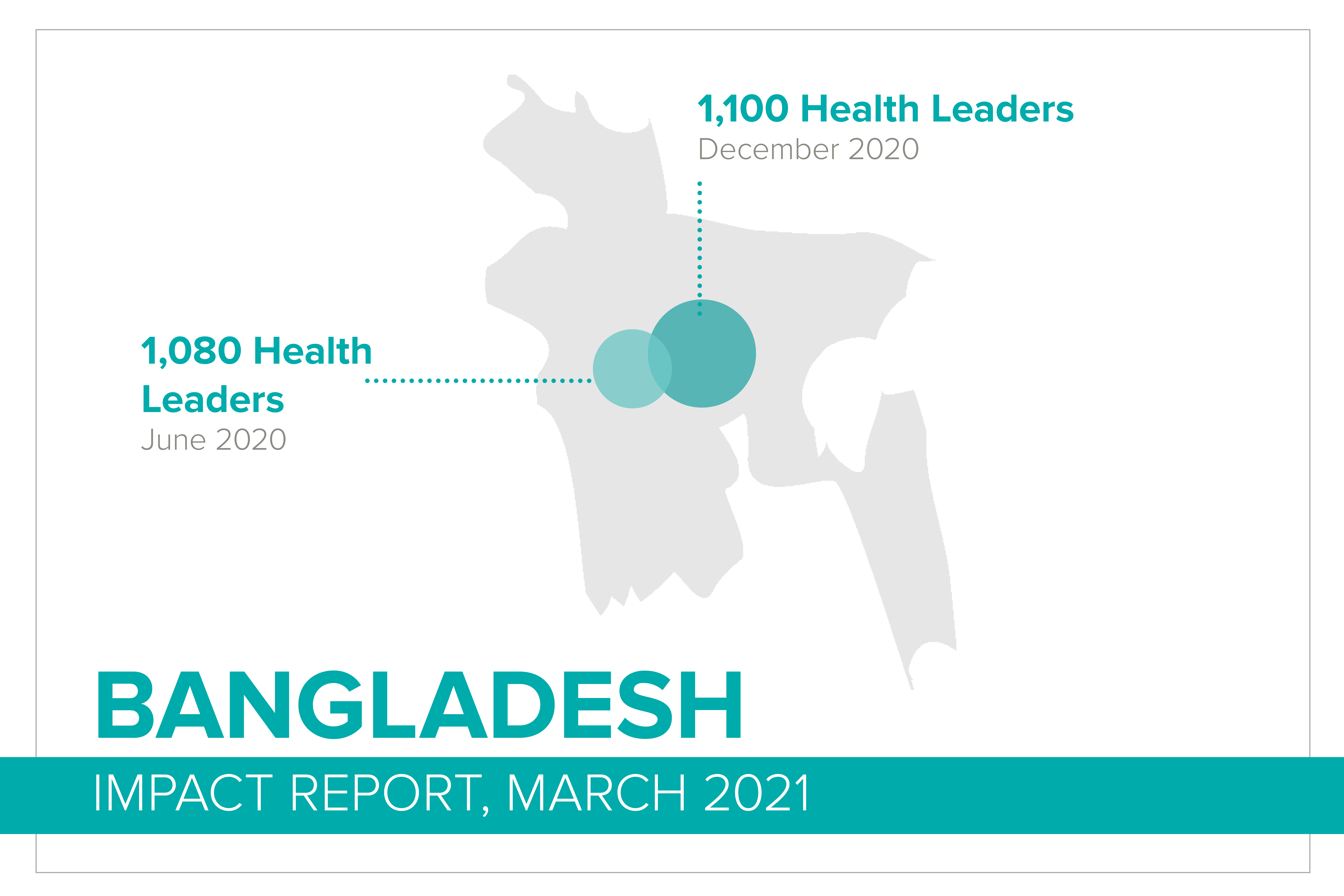
Bangladesh
While Bangladesh has improved its health outcomes substantially over the past few decades from a very low base, some major challenges remain, including the ratio of maternal deaths to live births. Less than 40 per cent of Bangladeshi women receive the minimum recommended four antenatal care visits during their pregnancy. Consequently, many Bangladeshi women still give birth unattended and the maternal mortality rate in Bangladesh remains high: 173 deaths per 100,000 live births compared with five per 100,000 in Australia.
The health education provided through Opportunity’s health program covers maternal and neonatal health care, encouraging pregnant women to visit a qualified health professional during their pregnancy and to plan to have a qualified attendant at the birth.
200 women completed their Health Leader training in November and December 2020. Once training was complete, the Health Leaders began delivering basic health education sessions to 40,188 households in rural Tangail. The Health Leaders are paid a stipend to supplement to their household income. A total of 202,789 women living in poor communities have been reached with health education by trained Health Leaders since the program began in Bangladesh in 2019.
Electronic-based curriculum breaking barriers to healthcare training in India
Opportunity’s health partner in India participated in a Stanford University study to test the feasibility of using an electronic-based curriculum to train local women in resource-poor communities to be health care workers.
The pilot curriculum included 14 modules based on common illnesses reported in the villages and was delivered to 55 Health Leaders in Uttar Pradesh and Bihar. The course was facilitated by four tertiary-educated technology-literate local trainers, important for women trainees whose lack of familiarity with technology would have made it challenging for them to navigate a self-study course. Course content was preloaded onto tablet devices to avoid any issues related to poor connectivity and the modules were viewed by the group.
The results demonstrated the feasibility of electronic-based training to equip lay women to provide basic health care with minimal involvement by formally-trained health professionals. Findings showed that three challenges were addressed; providing training to women with little formal education and poor literacy; using technology as a platform for learning; and making the curriculum applicable to the specific cultural and geographic settings.
This project is supported by the Australian Government through the Australian NGO Cooperation Program (ANCP).
3 Bollinger R, Chang L, Jafari R, et al. Leveraging information technology to bridge the health workforce gap. Bull World Health Organ. 2013;91(11):890-892. doi:10.2471/BLT.13.118737
4 Medical Council of India, 25 March 2020, Telemedicine Practice Guidelines pg. 7
5 June 2020 Health Leaders trained in India incorrectly included Health Leaders trained in Indonesia and Health Leaders in India who completed training after June 2020.
Impact Stories
Your support is empowering these women—and millions more like them—to build a healthier future their families.

"Prevention is better than cure."
– Jessica Carter, Asia Health Program Director
How important is health? We asked Jessica a few questions about how healthcare is helping families leave poverty behind.

How our partners have responded to the COVID-19 pandemic
Opportunity’s microfinance partners have introduced new initiatives in response to coronavirus and to support families living in poverty during this time.

"...as we started meeting regularly, it became like a family."
– Usha Devi, Uttar Pradesh
Usha is a BCP—a Basic Care Provider—not quite a paramedic or nurse, but more than a first aid responder. BCPs provide an essential health service to people living in rural India.

The COVID-19 lockdown for 1.3 billion people in India posed a very different situation than lockdown in Australia. Jessica Carter, our Asia Health Program Director—based in Hyderabad, India—explains.
